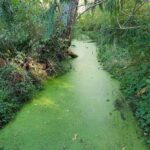Entertainment has found a new medium – cruise ship tours around the world. But there is a problem created by these tours. That is cruise ship waste dumping in the sea. The waste generation is enormous.
This waste dumping results in multiple harm. It pollutes the sea water. The sea creatures are not able to breathe properly. It also impedes free movement of vessels. Thus, the whole environment is impacted.
The International Convention for the Prevention of Pollution from Ships (MARPOL) is a key IMO treaty. It aims to prevent pollution of the marine environment by ships from operational or accidental causes. After discussing the question of marine pollution, the MARPOL came into existence in 1973.
The MARPOL Annex IV contains requirements to control pollution of the sea by sewage; the discharge of sewage into the seas is prohibited, except when the ship has in operation an approved sewage treatment plan or when the ship is discharging comminuted. Thus, these regulations are for control of discharge of port reception facilities for sewage, and requirements for survey and certification. The Annex entered into force on 27 September, 2003.
Similar Posts
There are regional variations in regulation, including those in the US, Alaska, the Baltic Sea and the EU. The enforcement of these regulations poses challenges such as monitoring difficulties, port state control limitations, and flag state enforcement difficulties.
Sewage consists of black water, gray water, ballast water, oily bilge water, and solid waste. The types of waste and environmental impacts are:
- Nutrient loading and algae blooms
- Oxygen depletion and harm to marine ecosystems
- Introduction of species from ballast water
- Pollution from microplastics and chemical contaminants
- The effect of waste on food supply chain
- The effects of chemical waste from cleaning products
- The long term effects of heavy metals in the waste
Gray water and solid waste are the sources of microplastics in cruise. Cleaning products, pharmaceuticals and heavy metals are the types of chemical pollutants. These pollutants accumulate in the food chain and impact human health.
Ballast water transfer process invites invasive species. The impact of invasive species is huge in ecological and economic front. While ballast water is essential for safe and efficient modern shipping operations, it may pose serious ecological, health and economic problems due to the multitude of marine species carried in ship’s ballast water. These include bacteria, microbes, small invertebrates, eggs, cysts and larvae of various species.
IMO is in forefront of the international effort by taking lead in addressing the transfer of invasive aquatic species. In 1991 the MEPC adopted the international guidelines for preventing the introduction of unwanted aquatic organisms and pathogens from ships’ ballast water and sediment discharges.
Air emissions by cruise ships are: SOx, NOx, and PM. The combined effects of water and air pollution on coastal ecosystems are enormous. Current monitoring and enforcement challenges are being met by the concerned authorities. But a lot of work is yet to be done to fully address the issue.
There is a need for transparency and public reporting. Remote sensing technologies could be utilized to control the impact of pollution. Advanced wastewater treatment systems (AWTS) are to be brought into action on a larger scale. It includes membrane bioreactors and advanced oxidation processes. Scrubbers and alternative fuels also could be used to reduce the pollution.
Coastal communities depend on cruise industry for their survival. Also, there is a mounting pressure for sustainable practices. In short, there is need for sustainable practice in cruise ship waste dumping and environmental impact process. A via media is to be found in recreation and conservation. The IMO, through its MARPOL Annex IV, has issued guidelines for controlling pollution caused by sewage discharge. The coastal communities need cruise ship industry for their survival. At the same time an ecological balance is to be maintained. With the cooperation of all concerned, the cruise ship waste dumping can be made less damaging to the marine life.
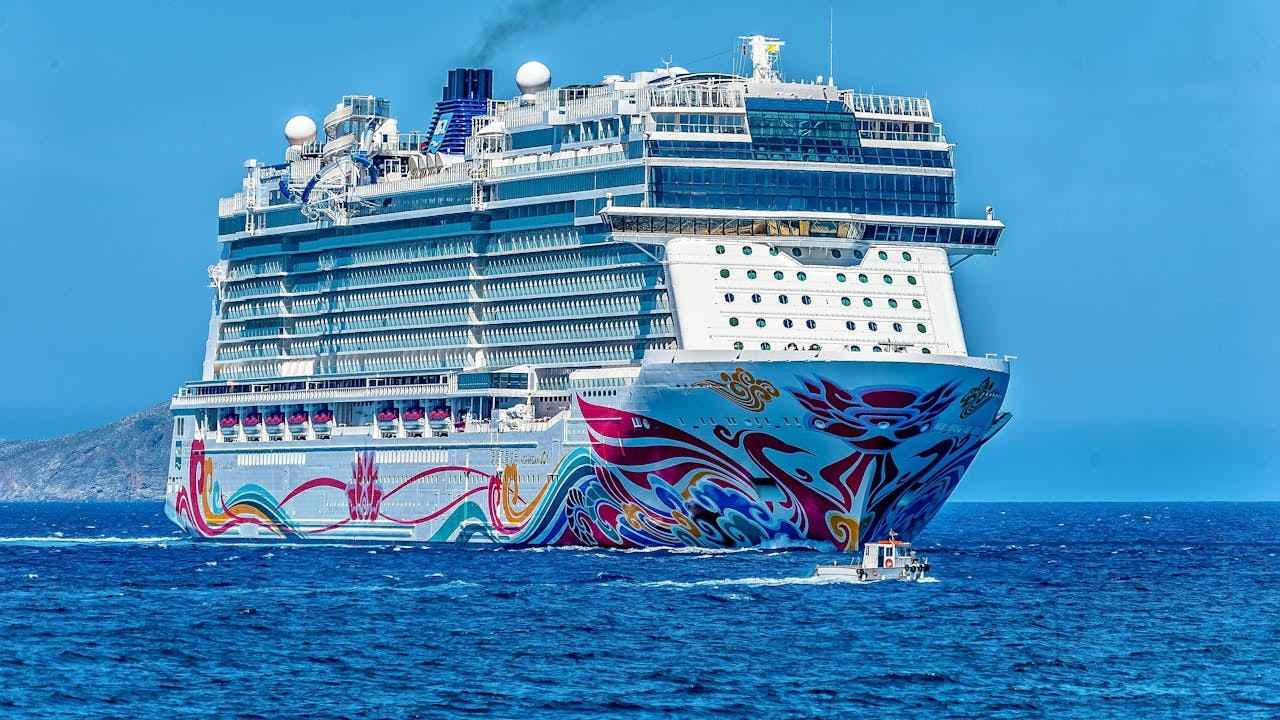



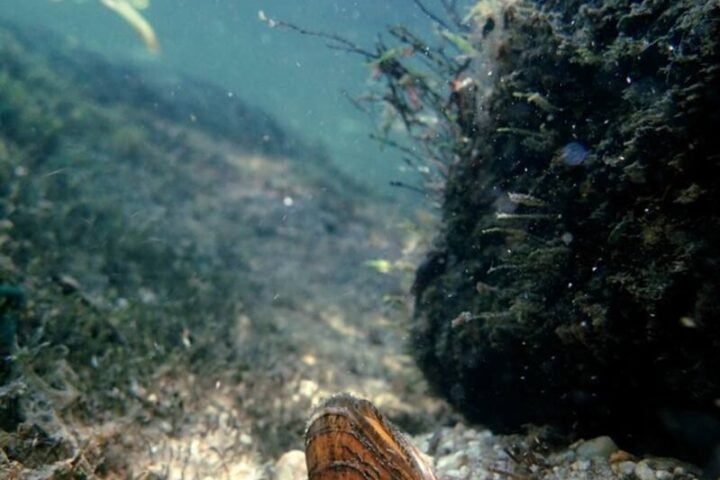

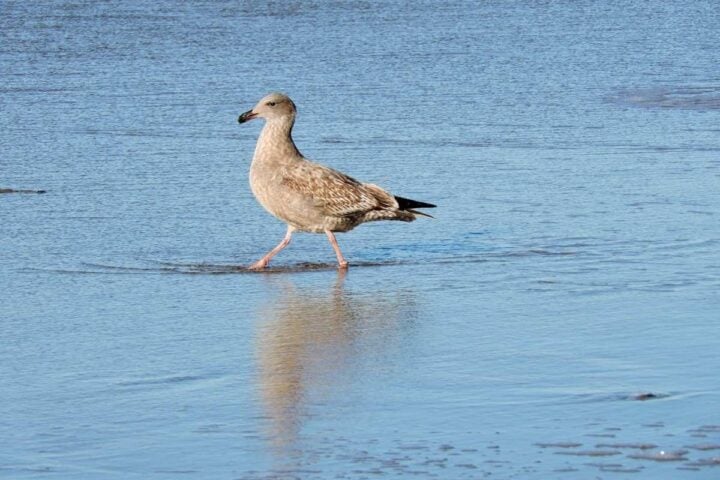



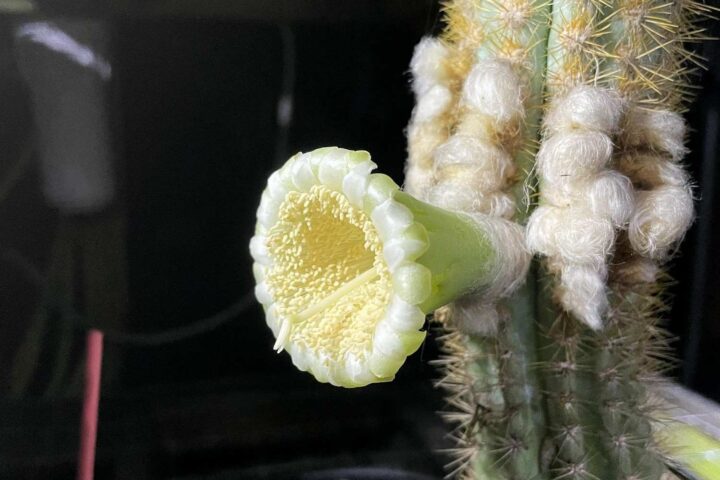


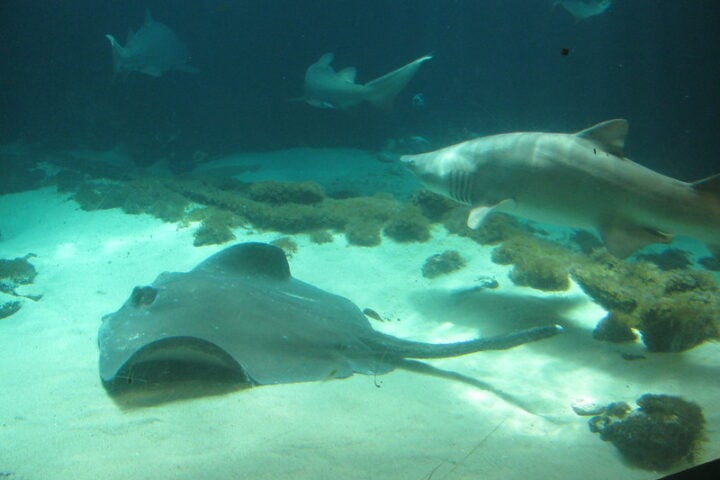

![Representative Image: European Starling [49/366]. Photo Source: Tim Sackton (CC BY-SA 2.0)](https://www.karmactive.com/wp-content/uploads/2025/04/Starlings-Drop-82-in-UK-Gardens-as-Birdwatch-2025-Reveals-Record-Low-Count-Since-1979-720x480.jpg)



